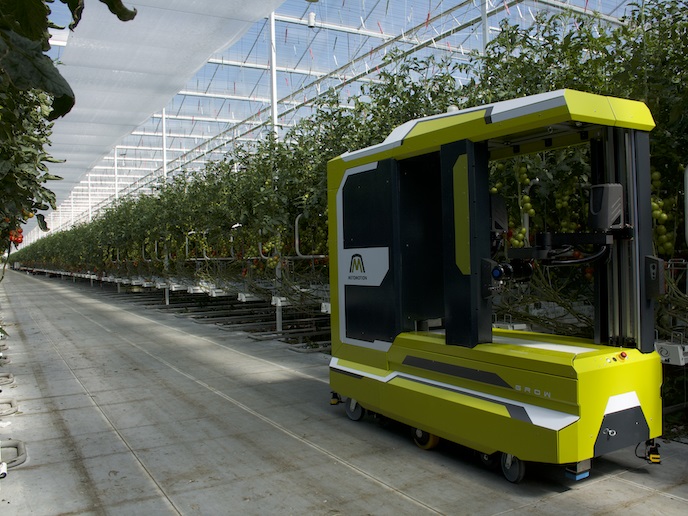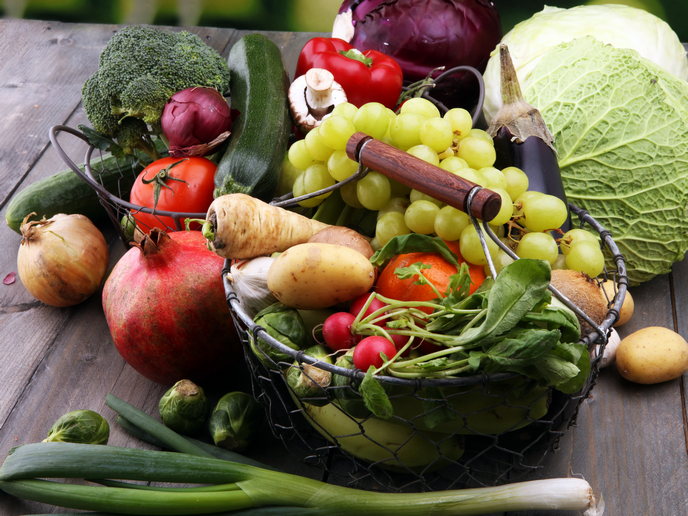This smart robot knows a ripe tomato when it sees one
Greenhouse farming still depends to a large extent on manual labour. As shortages in the wake of the COVID-19 pandemic(opens in new window) and Brexit(opens in new window) have highlighted, seasonal agricultural workers are not always easy to come by. Despite major advances in precision farming technologies, automating the harvesting of soft fruit and vegetables such as tomatoes remains a major challenge. This could be about to change. The EU-funded GRoW project(opens in new window) has developed a robotic platform that could be a game changer for greenhouse farmers. “Our solution will help address labour shortages in agricultural production,” says Adi Nir, CEO of MetoMotion(opens in new window), the project’s host company. “GRoW stands for greenhouse robotic worker. It’s an autonomous system able to perform labour-intensive tasks in greenhouses.”
Cost savings of up to 50 %
The platform consists of an automated guided vehicle(opens in new window) fitted with two robotic arms, 3D vision, a packing system and an on-board computer. The AI-powered software collects and uses data enabling it to harvest according to specific criteria set out by each grower. Trained to pick vine tomatoes for its initial release, the robot can move around the greenhouse, detect and pick ripe fruit and put them into boxes – much like a human worker. “We demonstrated that the robot can pick tomatoes with an accuracy of over 90 %, which matches the performance of an average human picker,” Nir remarks. Overall, the solution could generate cost savings of up to 50 % for farmers, reducing man-hours by up to 80 %. A simulation tool enables each potential customer to assess return-on-investment based on their individual situation. One key feature of the platform is the way it integrates with the greenhouse environment. “The solution fits the farmers’ current infrastructure,” Nir explains. “They don’t need to change anything in the way they grow tomatoes or run their facilities.”
An easy-to-use robot
Winner of the Robot Challenge(opens in new window) at this year’s GreenTech Amsterdam event, the system is expected to be commercialised before the end of the year. Following the completion of the key development steps under the previous phase of the GRoW project, the team was able to test and validate the system with two large growers and a seed company. Nir and his colleagues are looking to deploy the platform with its first commercial customer in the coming months. Twenty more potential users have already registered their interest in purchasing the system once it has reached full market readiness. Distribution and service providers in Europe and North America have also been identified. “We are almost there; now, we need to turn the platform from a product used by engineers into a product used by growers. We are working with our customers to make it easy to use and maintain,” Nir notes.
More data, more robotic skills
Picking tomatoes could be just the beginning. In parallel to the launch of the robot, the GRoW team is working to deliver a data analytics platform that will provide growers with helpful new insights, for instance to forecast yields and manage diseases. Feeding data analytics into software updates will also open the way for adapting the robot to other types of crops – including cucumbers and eggplants – as well as to new labour-intensive tasks such as deleafing.







